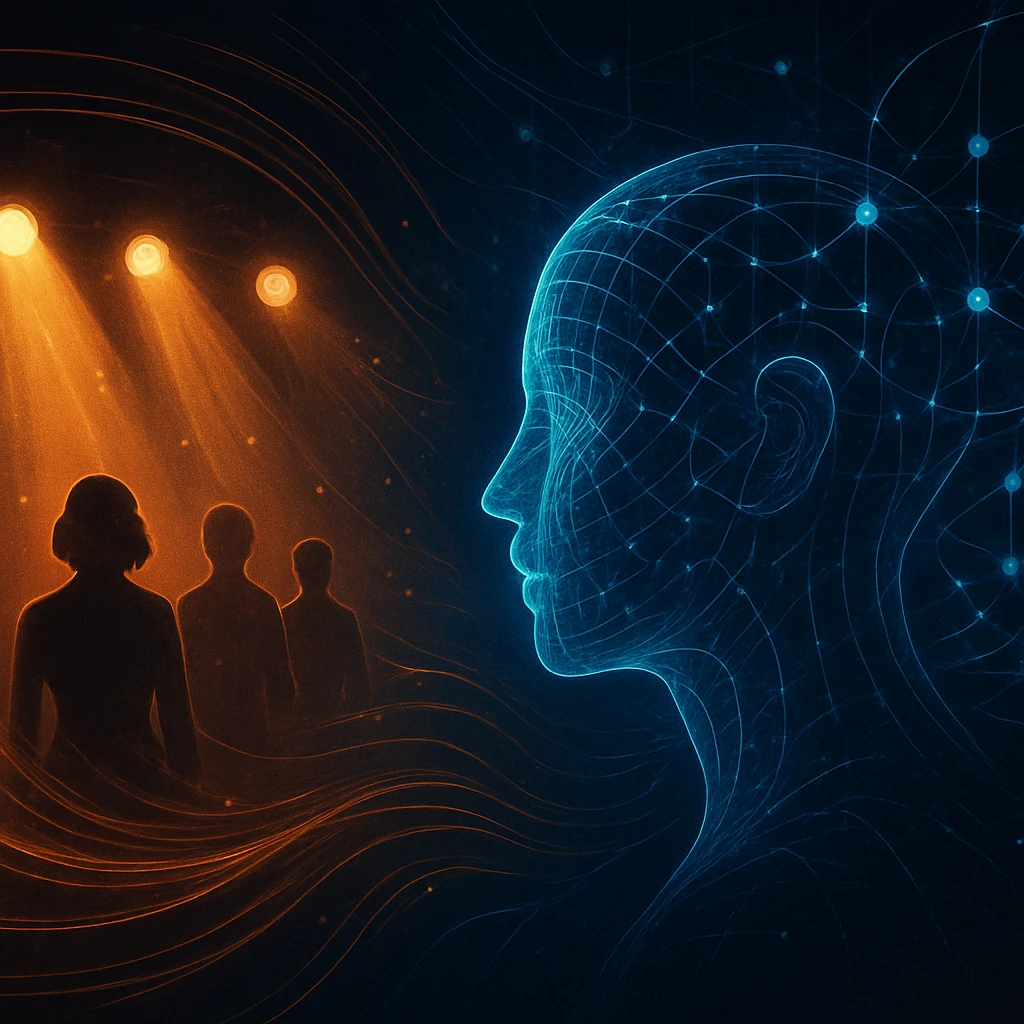
Virtual Characters & Digital Humans
Advances in neural networks are producing digital performers that rival their human counterparts. By analysing vast datasets of facial expressions, body movements and speech, AI learns the patterns that make people appear lifelike. Classification models distinguish micro‑expressions and gestures, regression models predict muscle deformations over time, and clustering groups similar motion capture sequences. These statistical techniques allow virtual characters to convey realistic emotions and behaviours, making them convincing partners for actors and audiences alike.
Generative models such as GANs and diffusion networks enable synthetic performers to be created from scratch. Artists feed character descriptions and reference footage into neural networks that output high‑fidelity avatars with unique voices and appearances. Deep models can adapt an actor’s likeness across ages or languages without reshoots, opening possibilities for de‑aging, dubbing and resurrecting historical figures. Combined with speech synthesis and motion transfer, these technologies allow actors to interact with digital co‑stars that respond in real time, expanding the creative palette available to directors.
Virtual humans are already appearing in cinema, advertising and video games. Digital doubles stand in for dangerous stunts or impossible camera angles; photoreal avatars host live events and brand campaigns; and fully synthetic influencers attract millions of followers online. Behind these phenomena are predictive analytics that match digital personas to target audiences and adapt their style accordingly. Producers rely on clustering to segment viewers, regression to forecast engagement and classification to ensure appropriate content. When used thoughtfully, AI characters can augment storytelling and enable inclusive representation by bringing diverse identities to life.
However, the blurring boundary between real and synthetic performers invites scrutiny. Misappropriation of likeness, deepfake fraud and the commodification of identity pose ethical challenges. Bias baked into training data can reinforce stereotypes in the rendering of skin tones, body shapes or speech patterns. Transparent consent processes, fair compensation and rigorous auditing of AI models are critical to protect actors and ensure digital humans do not erode trust. By embedding ethics alongside innovation, creators can harness virtual characters to enrich narratives while respecting the dignity of the people they emulate.
Back to articles